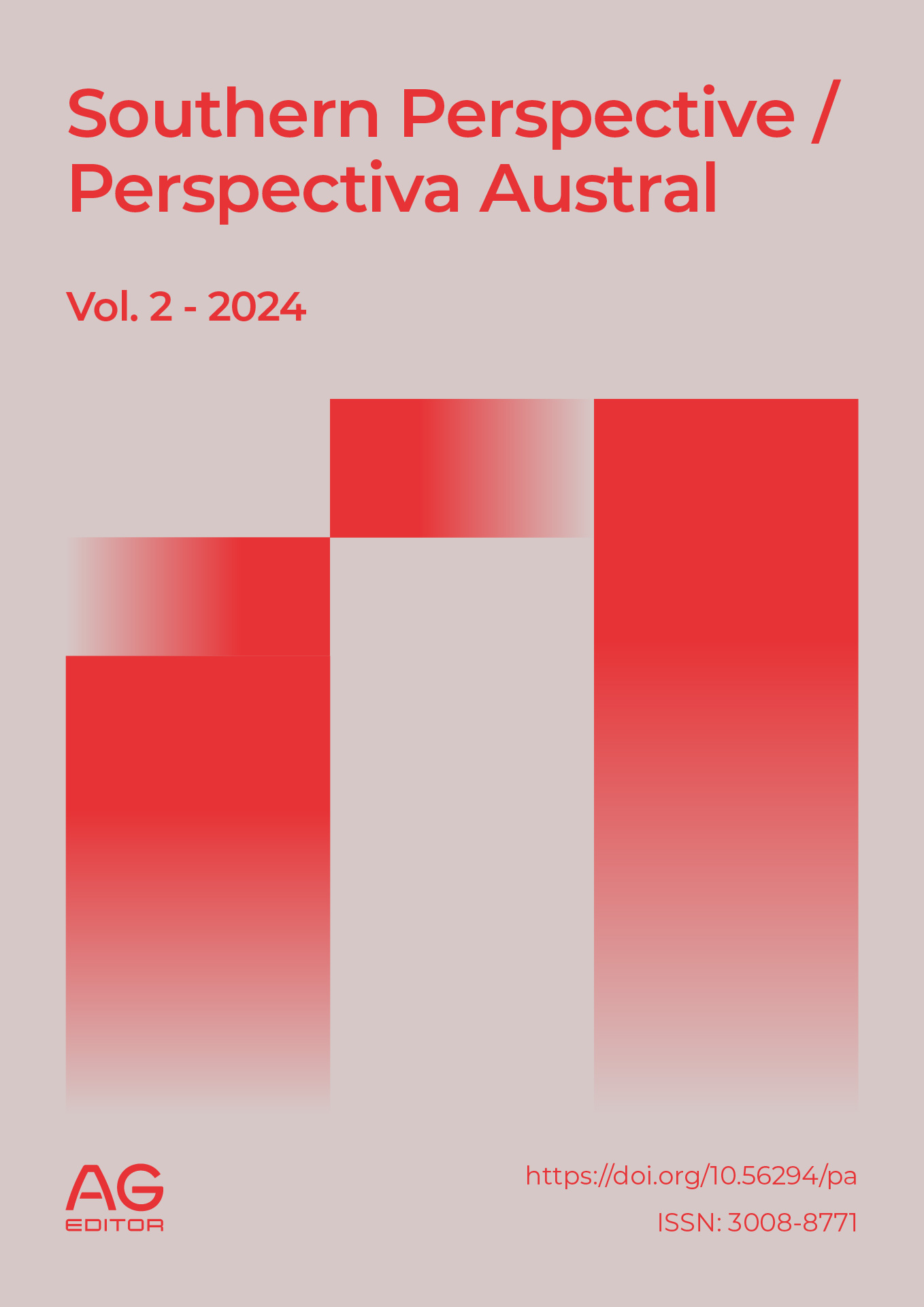Are common candidacies viable in the state of Guanajuato? A comparative study of the 2024 local elections in Mexico
DOI:
https://doi.org/10.56294/pa2024.194Keywords:
political parties, elections, objectives, democracy, strategiesAbstract
Introduction: The study addressed the goals that political parties pursued within democratic systems. It was considered that parties were not static structures, but that their goals varied according to political and social conditions. Based on Strøm's (1990) classification, three main orientations were established: vote seeking, office winning and policy making.
Development: Vote-oriented political parties prioritized their electoral performance, often without necessarily seeking public office. In Mexico, this phenomenon was observed due to the relationship between public funding and votes obtained. On the other hand, parties focused on obtaining office sought benefits associated with political power, while those focused on policy implementation prioritized the implementation of their ideology and governmental agenda. In addition, the influence of the institutional context on parties was analyzed, noting that electoral regulations and the structure of the political system conditioned their strategies and objectives.
Conclusion: It was concluded that political parties did not follow unique objectives, but that their strategies varied according to their context and needs. Electoral competition, the legal framework and the internal structure of each party determined their orientation. In the case of Mexico, democratization and electoral reforms influenced party dynamics, promoting pragmatism and the formation of strategic alliances.
References
1. Astudillo, César y Córdova Vianello, Lorenzo. 2010. Los árbitros de las elecciones estatales. Una radiografía de su arquitectura institucional. Diudad de México: Univeridad Nacional Autónoma de Méxcio.
2. Bäck, Hannah. 2008. Intra-party politics and coalition formation. Evidence form Swedish local government. Party Politics. Vol. 14, N. 1, 71-89.
3. Eldersveld, Samuel James. 1964, Political parties: a behavioral analysis. Chicago, Ill.: Rand McNally.
4. Galán Martínez, Rodrigo Edmundo. 2019. Las candidaturas comunes en las entidades federativas y la evasión de las restricciones de las coaliciones en México. Revista Mexicana de Derecho Electoral, N. 15-16, 75-103
5. García Huante, Berenice. 2020. Candidaturas comunes. La correlación entre votos y curules en el convenio respectivo. En Fuentes Barrera, F. A. Concha Cantú, H. A. y Marván Laborde, M. Sentencias relevantes comentadas. Ciudad de México: TEPJF.
6. Katz, Richard S. y Peter Mair. 2007. La supremacía del partido en las instituciones públicas: el cambio organizativo de los partidos en las democracias contemporáneas. En Partidos políticos. Viejos conceptos y nuevos retos, editado por José R. Montero, Richard Gunther y Juan J. Linz, 101-126. Madrid: Trotta.
7. Levitsky S., Way L. A. 2004. Elecciones sin democracia. El surgimiento del autoritarismo competitivo. Revista de Estudios Políticos. Nº. 24, 159-176.
8. Mainwaring, Scott. 1989. Transitions to democracy and democratic consolidation: theoretical and comparative issues. South Bend: Kellogg Institute.
9. Michels, Robert. (1911) 1969. Los partidos políticos. Un estudio sociológico de las tendencias oligárquicas de la democracia moderna. Buenos Aires: Amorrortu.
10. Panebianco, Angelo. 1982. Modelli di partito. Organizzazione e potere nei partiti politici. Bologna: Il Mulino.
11. Reynoso, D. (2010). Alianzas electorales y contingentes legislativos en los estados mexicanos. Revista Mexicana de Sociología, Vol. 72, N. 1, 113-129.
12. Reynoso, D. 2011. Aprendiendo a competir: alianzas electorales y margen de victoria en los estados mexicanos, 1988-2006. Política y gobierno, Vol. 18 N. 1, 3-38.
13. Rodríguez Mondragón, Reyes. 2014. Coaliciones y candidaturas comunes: regulación, importancia y retos. En Carlos Ugalde, L. y Hernández Quintana, S. Elecciones, justicia y democracia en México. Fortalezas y debilidades del sistema electoral, 1990-2020. Ciudad de México: TEPJF.
14. Sartori, Giovanni. 1976. Partidos y sistemas de partidos. Marco para un análisis. Madrid: Alianza Editorial.
15. Strøm, K. 1990. A Behavioral Theory of Competitive Political Parties. American Journal of Political Science, Vol. 34 N. 2, 565-598. http://www.jstor.org/stable/2111461
16. Torrez Rodríguez, Ignacio Daniel. 2020. Teorizando sobre los mecanismos causales que intervienen en la conformación de alianzas electorales subnacionales. En Torres Rodríguez (Editor). El estudio de las alianzas electorales en México. Vetas de investigación ycontribuciones teórico-metodológicas. 11-41. Puebla: Montiel & Soriano Editores.
17. Wolinetz, S. 2007. Más allá del partido catch all: enfoques para el estudio de los partidos en las democracias contemporáneas. En Montero, J., Gunther, R. y Linz, J (Editores). Partidos políticos. Viejos conceptos y nuevos retos. España, Editorial Trotta.
Published
Issue
Section
License
Copyright (c) 2024 Edgar Everardo Pantoja López (Author)

This work is licensed under a Creative Commons Attribution 4.0 International License.
The article is distributed under the Creative Commons Attribution 4.0 License. Unless otherwise stated, associated published material is distributed under the same licence.






